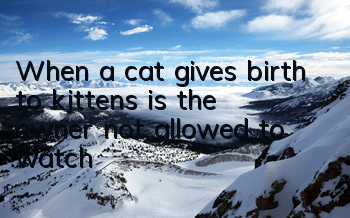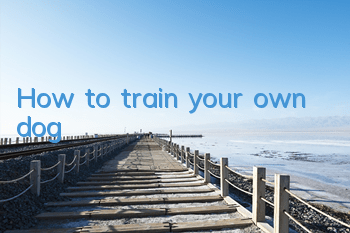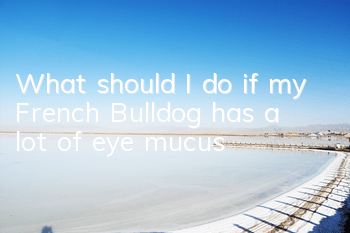How to raise an Afghan Hound?
Feeding of small Afghan Hound:
To feed the Afghan Hound, you should first develop a detailed and scientific feeding method. Make a feeding plan based on the actual needs of your dog's growth. Then feed the dog reasonably according to the plan. Note that whether it is the choice of food or feeding method, how many meals should be fed every day and how much should be eaten at each meal should be planned in advance.
The best way to feed a small Afghan Hound is to eat small meals frequently, so as not to add burden to its fragile gastrointestinal tract and better avoid gastrointestinal discomfort in puppies. Note that the younger the Afghan Hound, the more times it should be fed every day, and the food prepared each time should be appropriate, and do not feed too much at one time.
When preparing food for the Afghan Hound, food should be nutritious, balanced, and easy to digest and absorb. For example, professional puppy food and dog milk powder. For puppies about 3 months old, it is best to soak the dog food in advance and then feed it to the dog. When the Afghan Hound grows up, you can directly feed it dog food.
Feeding the Afghan Hound cannot be static. In life, the pet dog should be fed reasonably according to the actual needs of its growth. At the same time, it is also necessary to reasonably adjust the dog's diet plan according to the changes in the Afghan Hound's growth process to ensure that the dog can eat healthy and grow up healthily.
Feeding of adult Afghan dogs:
Adult Afghan dogs are large and active, so they need to increase their food appropriately. In the feeding food, about 500 grams of meat or meat products are required every day, and an equal amount of biscuits or cooked dry vegetables are added.
Before feeding, the meat should be cooked and chopped, then add appropriate amount of water and cooked dry ingredients and mix thoroughly for feeding. Feed clean drinking water 2 to 3 times a day. Feeding should be done at a regular time and at a fixed point, and the dog should be forced to finish eating within 15 to 25 minutes. The food bowl will be taken away after timeout to develop good regular eating habits.
The feed should be fresh and clean. Do not feed stale or spoiled food. Do not feed leftover food especially in summer. Be sure to feed fresh food every meal to prevent enteritis or food poisoning. Food bowls and other tableware must be washed every day.
A certain amount of fish meat should also be added to the feed to make the dog's plush smooth and supple and maintain the dog's handsome appearance. Under normal circumstances, there is basically no need to eat snacks after eating.
The coat is required to be combed every day and professional grooming should be done two to three times a year. The bathing cycle is one month or half a month, so you don’t need to be too frequent. Every week, remove earwax, tartar and eye wax, and trim its claws. Also use 2% boric acid water to clean its eyes to avoid keratitis
Combing hair:
Pay attention to the order of combing: start from the neck, from front to back, and proceed from top to bottom, that is, first from the neck to the shoulders, then back, chest, waist, abdomen, hindquarters, and then comb the hair. The head, and finally the limbs and tail. During the combing process, one side should be combed before combing the other side.
Combing technique: Combing the hair should be done quickly and in the direction of the hair. When combing long-haired dogs, many people only comb the long hair on the surface and ignore the fine hair below. The undercoat of a dog is soft and dense. If it is not combed for a long time, it will form tangles and even cause eczema, psoriasis or other skin diseases. Therefore, when combing long-haired dogs, you should comb them layer by layer, turn up the long hair, and then comb the undercoat.
Types of combs: hair brushes, elastic wire brushes and long, sparse metal combs. The brush can only fluff the ends of long hair, but cannot comb the fine hairs. When grooming long-haired dogs, a hair brush, an elastic wire brush, and a long, sparse metal comb should be used together








